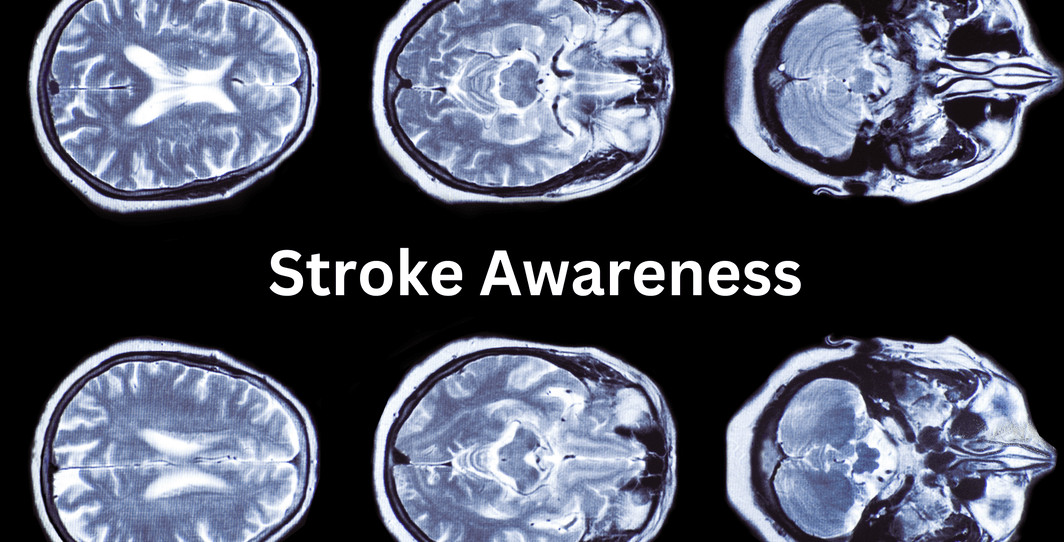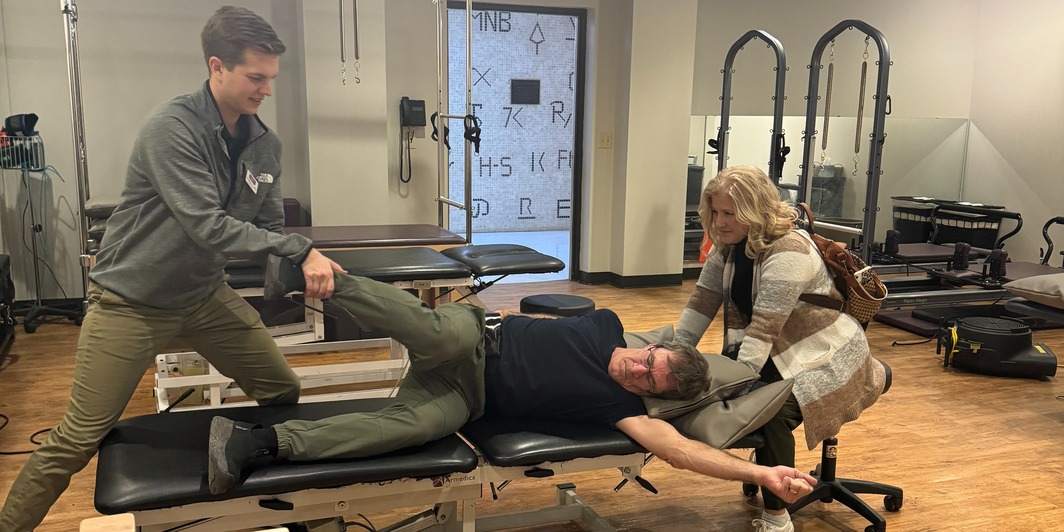FOR IMMEDIATE RELEASE
Contact: Heather Ferguson
Heather@LymphedemaTreatmentAct.org
704-965-0620
Health Provision Passed by Congress will Help Millions Who Suffer From this Under-Recognized Chronic Disease: Cancer survivors and others with lymphedema applaud inclusion of the Lymphedema Treatment Act in the Consolidated Appropriations Act of 2023
For 12 years, the all-volunteer Lymphedema Advocacy Group led a grassroots campaign to close the unintended gap in Medicare coverage that prevented the program from covering prescribed medical compression garments that are the cornerstone of treatment for lymphedema.
“My son who was born with lymphedema was prescribed his first compression garment when he was seven months old,” said Heather Ferguson, the Founder and Executive Director of the group. “Our insurance company denied it because they aligned their coverage with Medicare.”
An estimated 3-5 million Americans suffer from lymphedema, a disease that causes painful and potentially life-threatening buildup of lymphatic fluid in the body. About two-thirds of patients acquire the condition due to damage done to their lymphatic system during cancer treatment, but there are also many other causes of lymphedema, including congenital malformations.
During each of the last three Congresses the Lymphedema Treatment Act had tremendous bipartisan support, with over 400 House and Senate cosponsors. As Congress concluded their work in 2022 the bill was included in the year-end omnibus spending package, creating a new Medicare Part B benefit category for lymphedema compression supplies.
“I am proud that the Lymphedema Treatment Act, which I have worked on for many years, was included in this package. Lymphedema is not a choice. Access to care should not be either,” said Congresswoman Jan Schakowsky (D-IL-9), who sponsored the bill in the House.
“Lymphedema patients have been denied this coverage for far too long. After battling cancer, survivors can be met with this equally debilitating diagnosis, but with far fewer resources in place to assist them,” said Congressman Buddy Carter (R-GA-1), who co-led the House bill. “As a pharmacist and a child of a cancer survivor, I’ve seen the pain that lymphedema can cause. To those patients – help is on the way.”
“Lymphedema affects more than 8,000 Medicare beneficiaries in Washington state and millions of Americans. By updating Medicare, we’re reflecting necessary and effective treatments for this condition,” said Senator Cantwell (D-WA), who sponsored the bill in the Senate. “This new law is a commonsense approach to improving care for Medicare beneficiaries living with lymphedema while reducing costly hospitalizations.”
The Senate bill was co-led by Senator Chuck Grassley (R-IA). According to multiple studies and real-world data, the use of medical compression garments has been proven to significantly reduce lymphedema-related infections and other complications, and an independent analysis by Avalere concluded that improved access to these doctor prescribed supplies would save Medicare hundreds of millions of dollars annually through avoided hospitalizations.
“As an SSDI and Medicare beneficiary I have experienced more frequent infections since being on Medicare and not having coverage for my compression garments,” said Sarah Bramblette, Board Chair of the Lymphedema Advocacy Group. “Being able to better manage this chronic disease will greatly improve my health and quality of life.”
Patient advocates and stakeholder groups will now work with the Centers for Medicare and Medicaid services as they implement the new coverage, which will go into effect January 1, 2024. The Lymphedema Advocacy Group plans to celebrate passage of the bill and announce next steps at an upcoming event in Washington, DC, which may occur in March, during Lymphedema Awareness Month. Advocates interested in more information can go to LymphedemaTreatmentAct.org.




